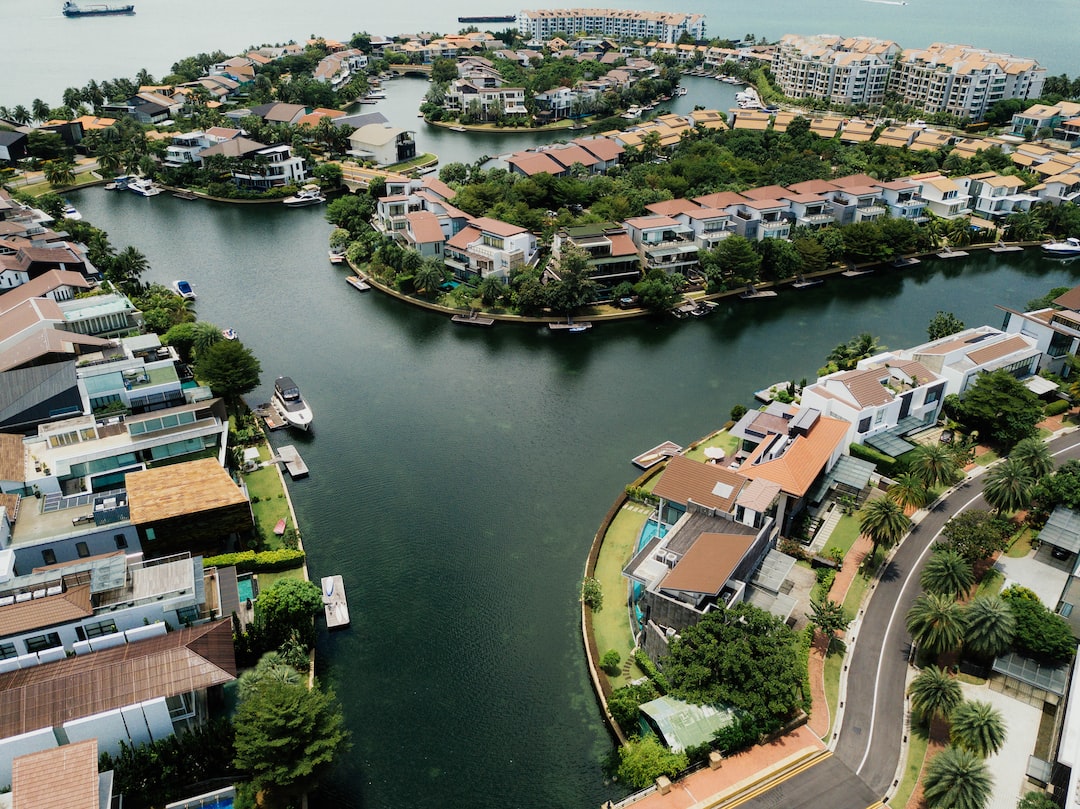The Rise of Sustainable and Eco-Friendly Homes
In recent years, there has been a notable increase in public awareness about the need for sustainable and eco-friendly living. As people become more conscious of the impact their actions have on the environment, they seek ways to reduce their carbon footprint and make greener choices. One area where this shift is particularly evident is in the housing industry, with the rise of sustainable and eco-friendly homes.
So, what exactly makes a home sustainable and eco-friendly? These homes are designed and built to minimize their negative impact on the environment. They incorporate innovative technologies and practices that promote energy efficiency, water conservation, and a reduced use of non-renewable resources. Sustainable homes aim to achieve a harmonious balance between comfort, functionality, and environmental responsibility.
One of the key aspects of sustainable homes is energy efficiency. These homes are equipped with efficient insulation, windows, and appliances, which minimize energy consumption and lower utility bills. For instance, the use of double-paned windows prevents heat loss during winter and heat gain during summer, reducing the need for excessive heating or cooling. Energy-efficient appliances, such as LED lighting and Energy Star-rated washing machines, further contribute to energy savings. In some cases, sustainable homes also utilize renewable energy sources, such as solar panels or wind turbines, to generate electricity, making them self-sufficient and even capable of producing excess energy which can be sold back to the grid.
Water conservation is another crucial aspect of sustainable homes. Indoor and outdoor water usage is minimized through the incorporation of water-efficient fixtures and landscaping practices. Low-flow faucets and showerheads reduce water wastage while maintaining adequate water pressure. Water-efficient toilets and appliances, such as dishwashers and washing machines, further contribute to conserving this precious resource. In terms of landscaping, sustainable homes often have rainwater harvesting systems to collect and store rainwater for irrigation purposes. Additionally, native plants and efficient irrigation systems are implemented to reduce the amount of water needed for maintaining lawns and gardens.
The materials used in the construction of sustainable homes are carefully selected to minimize environmental impact. Environmentally friendly materials, such as recycled or reclaimed wood, bamboo, or non-toxic paints, are used to avoid releasing harmful chemicals into the air. Furthermore, sustainable homes prioritize the use of locally sourced materials to reduce transportation emissions and support local economies. By opting for sustainable materials, these homes minimize waste generation and contribute to a healthier indoor living environment.
Beyond the design and construction phase, sustainable homes also incorporate environmentally conscious practices for their daily operations. Homeowners are encouraged to adopt eco-friendly habits such as recycling, composting, and reducing single-use plastics. Monitoring energy and water usage through smart meters and home automation systems also allows homeowners to track their consumption patterns and make informed decisions about resource management. Additionally, sustainable homes often feature green roofs or living walls, which not only enhance the aesthetic appeal but also provide insulation and improve air quality.
The rise of sustainable and eco-friendly homes has been facilitated by various government incentives and regulatory frameworks. Governments worldwide are recognizing the importance of promoting sustainable practices in residential construction and are offering tax breaks, grants, or subsidies to homeowners, contractors, and developers who invest in sustainable technologies and practices. These incentives make sustainable homes more financially accessible and appeal to a wider range of homebuyers. Moreover, building codes and regulations have evolved to include energy and water efficiency standards, further driving the adoption of sustainable building practices.
The rise of sustainable and eco-friendly homes is a significant step towards a greener and more sustainable future. It signifies a shift in the mindset of homeowners, architects, and construction professionals, who are increasingly embracing environmentally responsible practices. By choosing sustainable homes, individuals can actively reduce their carbon footprint, save energy and water, and contribute to a healthier planet. Investing in sustainable housing is not only a wise decision ethically but also financially, as these homes offer long-term savings on utility bills and increased property value. As the demand for sustainable homes continues to grow, it is essential for the housing industry to continue innovating and promoting sustainable solutions that benefit both homeowners and the environment alike.

